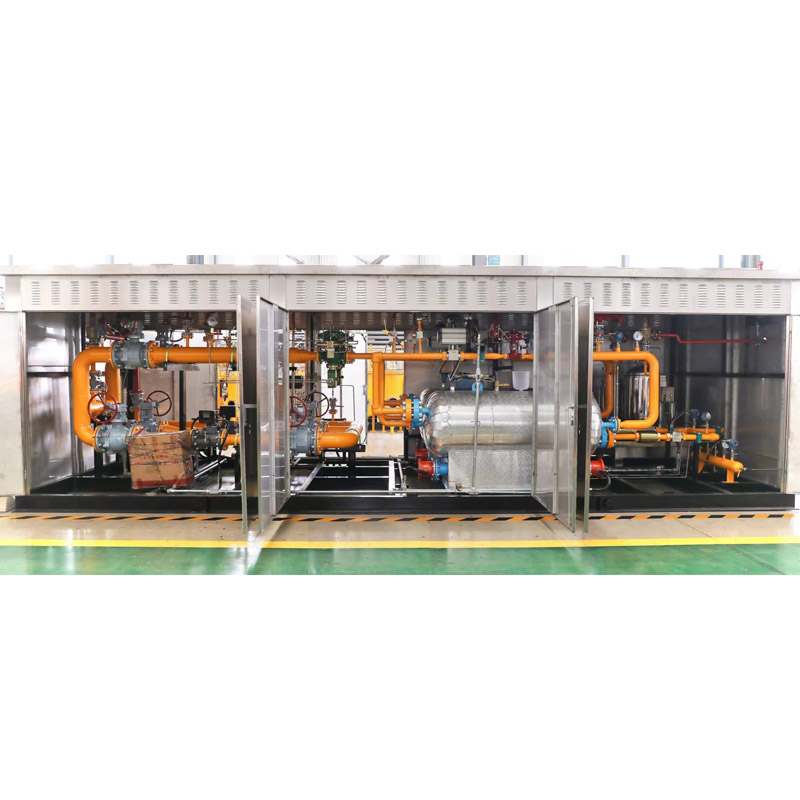
Nov . 24, 2024 04:53
Back to list
Pneumatic Control Valve Applications and Benefits in Industrial Automation Systems
Understanding Pneumatic Control Valves Principles and Applications
Pneumatic control valves play a crucial role in various industrial applications by regulating the flow of compressed air and controlling pressure in pneumatic systems. These valves are essential components in automation systems, enabling efficient control over machinery and processes. In this article, we will explore the operating principles of pneumatic control valves, their types, and their applications across different industries.
Operating Principles
Pneumatic control valves function by using compressed air as a driving force to perform mechanical operations. The basic principle involves converting an input signal (usually from a control system) into a valve movement that modulates the flow of air or other gases. The common types of pneumatic control valves include solenoid valves, proportional valves, and actuated valves, each serving a specific purpose in the control of fluid dynamics.
1. Solenoid Valves These valves are electrically operated and use a solenoid to open or close the valve. When an electrical current passes through the solenoid, it generates a magnetic field that moves a plunger, allowing or blocking the airflow. Solenoid valves are ideal for on/off control applications and are often used in systems where simplicity and swift response are crucial.
2. Proportional Valves Unlike solenoid valves that operate in an on/off manner, proportional valves can adjust the flow rate based on the input signal's magnitude. This facilitates more precise control over pressure and flow, making them suitable for applications requiring fine-tuning and consistent performance.
3. Actuated Valves These valves incorporate an actuator that converts pneumatic pressure into mechanical movement. Actuated valves can be either rotary or linear, depending on the application's needs. They are widely used in process control settings, offering both automation and increased efficiency.
Advantages of Pneumatic Control Valves
Pneumatic control valves present several advantages over other types of flow control devices
- Fast Response Time The use of compressed air allows for rapid actuation of the valve, which is essential in processes requiring immediate adjustments. - Simplicity and Reliability Pneumatic systems are generally simpler with fewer moving parts compared to hydraulic systems, leading to lower maintenance costs and improved reliability.
- High Power-to-Weight Ratio Pneumatic control valves can easily manipulate heavy loads with relatively light components, making them suitable for various applications.
pneumatic control valve

- Safety Pneumatic systems are less likely to leak hazardous fluids, making them a safer option in environments where spills could be detrimental.
Applications in Various Industries
Pneumatic control valves find applications across several industries, each leveraging the advantages of pneumatic control for enhanced operation efficiency.
- Manufacturing In manufacturing environments, pneumatic control valves are used for fabricating and assembling parts. They enable automated assembly lines to function smoothly and efficiently.
- Food and Beverage The food and beverage industry utilizes pneumatic control valves for processes like packaging and bottling. The valves help maintain consistent pressure levels, ensuring product safety and quality.
- Automotive Pneumatic systems in the automotive sector can control processes like painting, where consistent pressure and airflow are necessary for even application of coatings.
- Pharmaceuticals In pharmaceutical manufacturing, precise control of gaseous flows is essential for ensuring sterility and consistency in production processes.
- Construction Pneumatic control valves are commonly used in powered tools on construction sites, providing controlled air flow for drills, hammers, and other pneumatic equipment.
Conclusion
In summary, pneumatic control valves are integral components in a wide array of applications, providing efficiency, reliability, and safety when controlling the flow of gases. As industries continue to adopt automated processes, the demand for effective pneumatic control systems will likely rise. Understanding the working principles and types of pneumatic control valves can help engineers and technicians select the right solutions for their specific operational needs. Whether in manufacturing, food production, automotive, pharmaceuticals, or construction, pneumatic control valves remain essential for enhancing productivity and precision in today’s industrial landscape.
Next:
Latest news
-
Safety Valve Spring-Loaded Design Overpressure ProtectionNewsJul.25,2025
-
Precision Voltage Regulator AC5 Accuracy Grade PerformanceNewsJul.25,2025
-
Natural Gas Pressure Regulating Skid Industrial Pipeline ApplicationsNewsJul.25,2025
-
Natural Gas Filter Stainless Steel Mesh Element DesignNewsJul.25,2025
-
Gas Pressure Regulator Valve Direct-Acting Spring-Loaded DesignNewsJul.25,2025
-
Decompression Equipment Multi-Stage Heat Exchange System DesignNewsJul.25,2025

